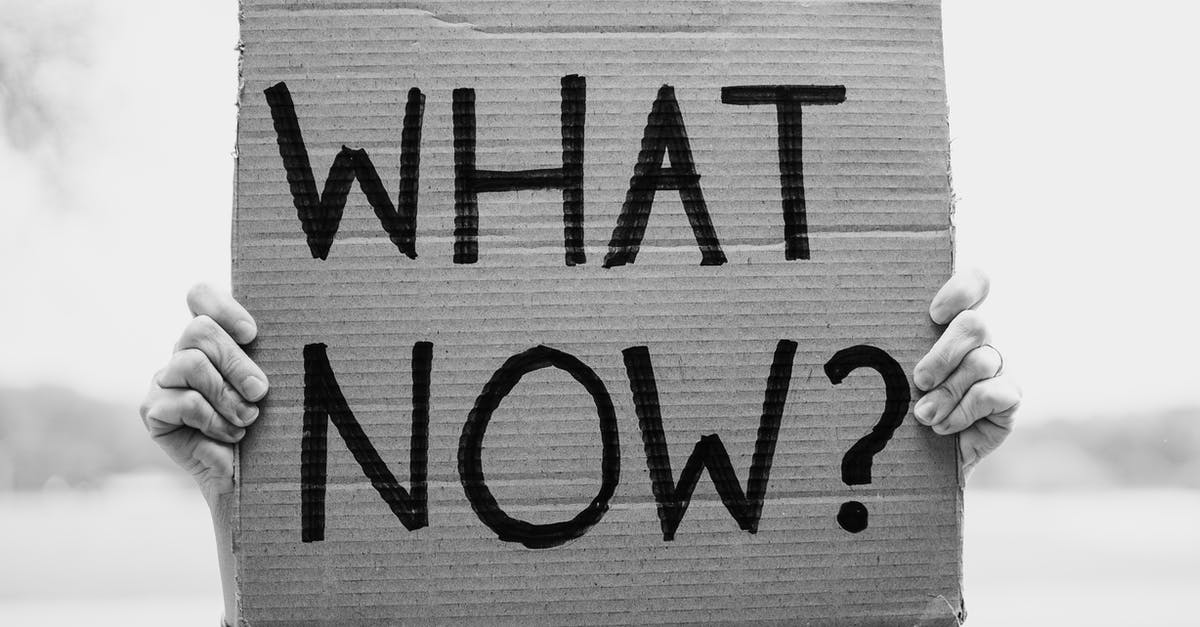What is Godzilla and what does he know and want?

While at first seeming like a giant monster crushing everything in its way for the sake of its own, the Godzilla from Hollywood's 2014 take on him was in the end only hunting and killing the MUTOs (Massive Unidentified Terrestrial Organisms, which were in fact the real danger to human civilization). Neither has he attacked anyone or even largely shown himself since his awakening in 1954, nor does he attack any of the boats tracking him. And he seems to disappear into the ocean after the MUTOs in San Francisco have been killed.
But while Dr. Serizawa characterizes him as "just wanting to maintain the balance" once the MUTOs have been awakened (and propagates the strategy of rather letting him do the dirty work), I'm not sure what he bases this assumption on. And seeing that the MUTOs are more or less ancient animals "from a time when radioactivity was 10 times as high", what is Godzilla's origin then, if we are to take him as some kind of guardian of natural balance? In the same way there are scenes, especially his eye-to-eye contact with Ford Brody, that seem to suggest quite a bit of awareness of us humans and our motives. But this all stays rather vague (though, that might be intentional).
I thus wonder if there is any more information or hints at Godzilla's background, his actual motives, his awareness of humans, and his concern about us or the world in general.
(Given that I'm not too acquainted with the Japanese movies, maybe they also give some more background on him. While I'd still like to concentrate the main question on his 2014 Hollywood version, at least if any different from his Japanese characterization(s) at all, I'm also happy about any contradicting backgrounds for him as additional insights.)
Best Answer
TLDR:
Background: Prehistoric dinosaur who survived (just like Nessie :))
Motivation: Has changed over time, from a creature that wanted to be left alone, to a violent and vicious animal, to an occasional saviour of Earth, to a largely territorial animal.
Full Answer:
To be honest, many of these questions have been well explained (and referenced) on the Wikipedia page:
Within the context of the Japanese films, Godzilla's exact origins vary, but it is generally depicted as an enormous, violent, prehistoric sea monster awakened and empowered by nuclear radiation.
So it can be seen that whilst it's certainly empowered by nuclear radiation (and so was very topical upon its release), it wasn't created by that. In fact, his origin is much earlier:
In the late Cretaceous era (70 million years ago) there was a species of therapod dinosaur resembling a large Tyrannosaurus, but with special amphibious adaptations which allowed it to swim between the islands upon which it hunted. This dinosaur species has been dubbed "Gojirasaurus". A minimal breeding population of gojirasaurs somehow survived the great extinction event which killed off other dinosaurs and continued into the modern era...
This description tallies with the background of Godzilla in the 2014 movie, which you specifically referenced. This quote is from the advertising for an official toy for the film:
Possibly the last of an ancient species of giant amphibious creatures that evolved when the surface of the Earth was over ten times more radioactive than it is today. GODZILLA can create his radiation stores into a violet, focused exahlation of atomic ray. Rarely seen, but spoken of in ancient island mythers, "Goijara" was last spotted in 1954, when the U.S. Navy encountered him and attempted to kill him with an atomic blast in the Pacific Ocean. Since then, the giant creature has been living in the deep ocean - until a theat to his survival from an ancient foe forces him to appear.
As to the main focus of your questions - his allegiance and motivations - I think that all the movies need to be examined to see how his "character" has developed and changed. Again from the Wiki:
Godzilla's allegiance and motivations have changed from film to film to suit the needs of the story. Although Godzilla does not like humans, it will fight alongside humanity against common threats. However, it makes no special effort to protect human life or property and will turn against its human allies on a whim. It is not motivated to attack by predatory instinct: it doesn't eat people, and instead sustains itself on radiation and an omnivorous diet.
When inquired if Godzilla was "good or bad", producer Shogo Tomiyama likened it to a Shinto "God of Destruction" which lacks moral agency and cannot be held to human standards of good and evil. "He totally destroys everything and then there is a rebirth. Something new and fresh can begin."
The above paragraph (with references removed) shows that Godzilla tends to follow no master but himself, acting as he sees fit. This is further discussed on the Godzilla-specific-Wiki:
Godzilla, in the original film...is an animal with semi-sapience that stumbles upon human civilization without any malicious intent, only destroying man-made structures or obstacles like buildings when the humans provoke him...In [later films] Godzilla is a malicious entity created from the restless souls of the dead from World War II. [Since then he has] developed as a character, and has since become a savior of the Earth, saving the world from other monsters like King Ghidorah, the Showa MechaGodzilla, etc.
According to Mothra's Shobijin's translation of Mothra, Rodan and Godzilla's conversation in Ghidorah, the Three-Headed Monster, Godzilla only "hates humans because they hate him."
In Legendary Pictures' Godzilla, Godzilla's behaviour seems to be that of a territorial animal.
So effectively, Godzilla is perfectly capable of fighting and defending himself, and even rescuing humans, but largely wishes to protect himself and his territory.
Gareth Edwards, the director of the film, corroborated this idea in an interview where he was asked who "his" Godzilla would be if it was a person:
His answer: the last samurai.
"He's an ancient warrior who's the last of his kind, and his kind has long since died out," Edwards says of his take on the legendary creature. "He lives a very solitary lonely existence and he's very happy to keep away from everyone, but we keep doing things to force him to return and put things right." ...
To see Godzilla's motivation and understand his reactions "when he was doing his thing," Edwards adds, "we dialed some more personality and made him a lot more human than we thought we would."
So you can see that the director's aim was to make him territorial, but ultimately "human" in nature - a guardian who wants to be alone, but keeps returning to protect us (a fairly common theme in many superhero movies nowadays as well).
Pictures about "What is Godzilla and what does he know and want?"



If Godzilla, Kong and Mechagodzilla Could Talk in Godzilla vs. Kong (2021)
More answers regarding what is Godzilla and what does he know and want?
Answer 2
The simple answer is this; Godzilla is not an animal. Godzilla is a metaphor for nuclear war. It flattens a city, not caring if it kills humans or not. Remember, the original Gojira came out not long after WWII, when the US was the first and (so far) only country to drop a nuclear weapon on a country, and we did it twice. Hiroshima and Nagasaki were completely destroyed. Completely. And so Gojira was born, from that memory.
As the movies progressed, Godzilla became somewhat of a protector, but still at times a destroyer. Nuclear power could be valuable, but there are always possibilities it could backfire (think Chernobyl).
I haven't seen the 2014 version yet, I'll add anything relevant when I see it.
Oh, by the way, did you notice that many Godzilla movies open up with Godzilla attacking or being discovered by some sort of marine vessel? This is actually based on the Lucky Dragon No 5 fishing boat which had to be rescued when it drifted too close to the Bikini Islands and was affected by radiation from a nuclear bomb test. Most of the movies put it in there as a tribute to those sailors who died from radiation poisoning.
Answer 3
Aside from the great answer above, taking Godzilla as a franchise into consideration as a whole, this single instance of Godzilla is simpler. It's explained almost outright in the film.
Godzilla and the Mutos are competing apex predators from a much older epoch of the Earth. Godzilla was only roused from the sea when the Mutos became active due to their heightened radioactive signature. Undoubtedly their mating call or pheromones also attracted Godzilla. Godzilla could tell they were in heat/mating and knew that it would cause problems for him/her. So Godzilla attacks out of a long genetic sense of territorialism. Hint, the territory is the entire planet. Consider that Godzilla barely beat the two Mutos as it was, imagine if there was thousands of them.
Many animals are known to be extremely territorial and will kill competing species on sight, young and all. This is all Godzilla was doing.
It didn't attack the humans because the atomic bomb in the 50s atoll bombings were barely a mosquito bite, and the modern day ships didn't attack either. Most animals will not attack a non-competitor unless provoked. Hell most animals won't attack prey unless hungry, and will share food with competing predators if there is no threat (bears and wolves sharing a whale carcass). But some species will not. Wolves will kill grown dogs or wolves from other packs that have wandered into their territory, but are fine with pups, adopting them even.
Sources: Stack Exchange - This article follows the attribution requirements of Stack Exchange and is licensed under CC BY-SA 3.0.
Images: Ann H, Jeff Stapleton, Max Vakhtbovych, cottonbro
